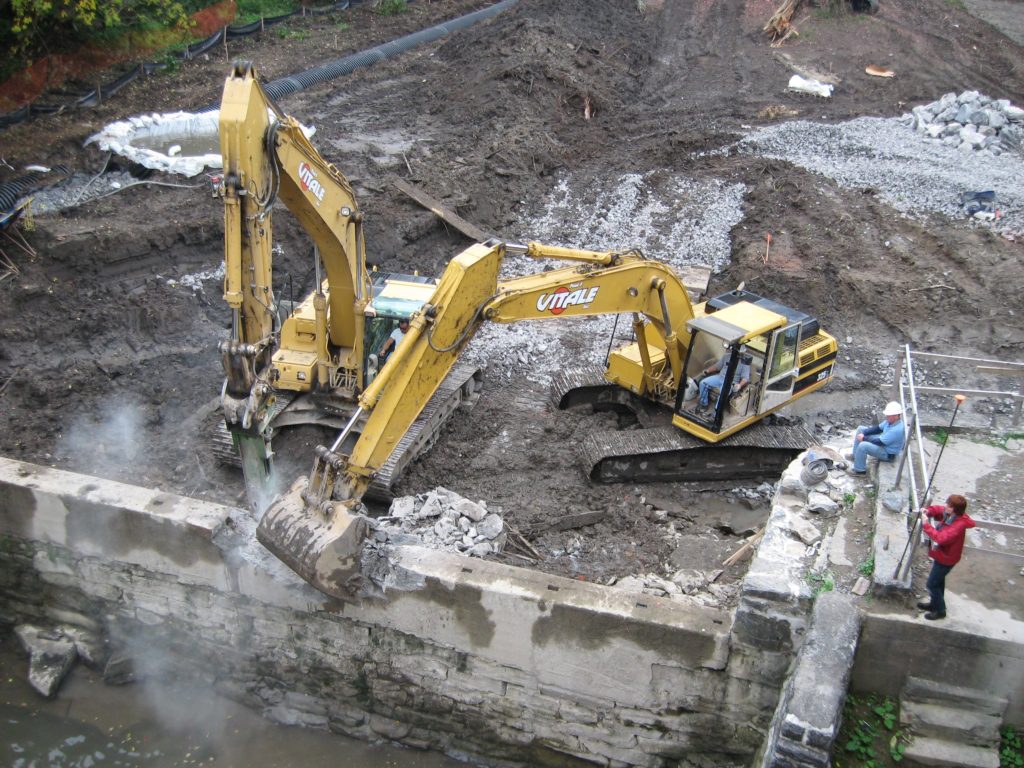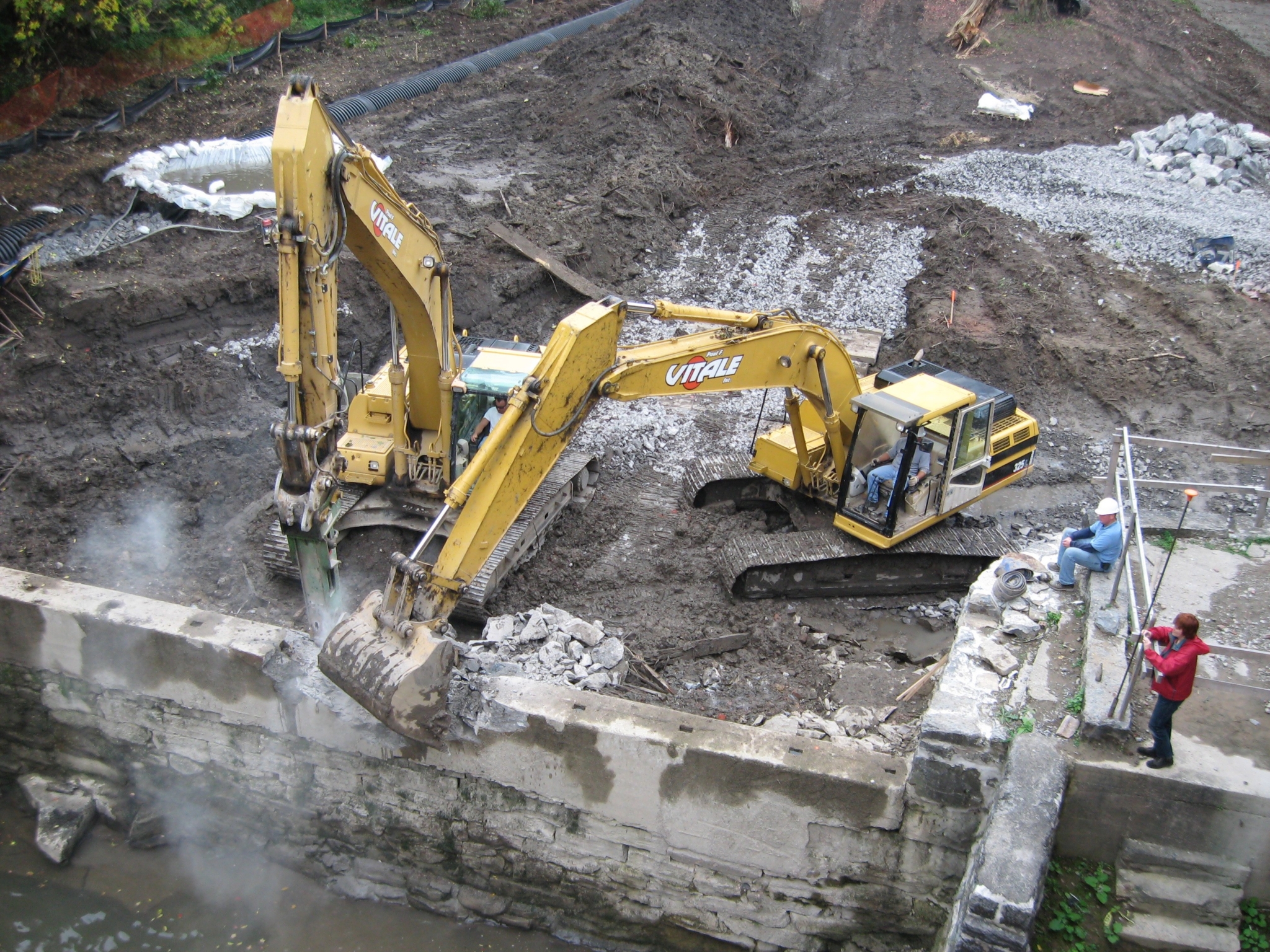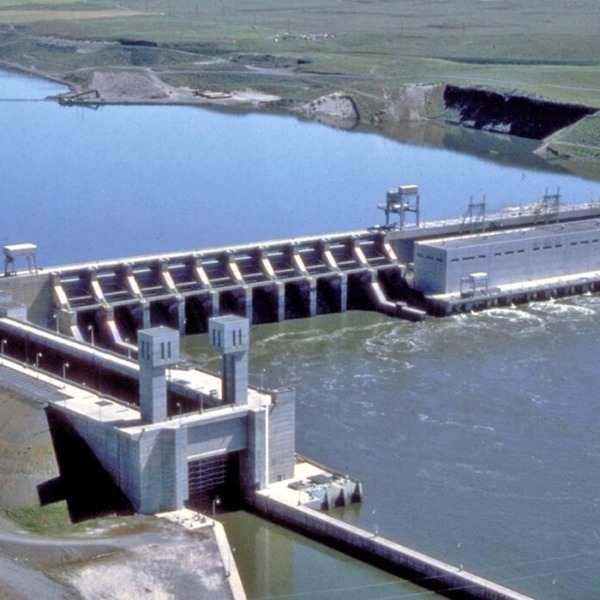Sponsored Content
In William Shakespeare’s play – The Tragedy of Hamlet, Prince of Denmark – the main character, Hamlet, agonized over the decision ‘To be, or not to be,’ to continue and fight against obstacles and troubles or to die and no longer face those obstacles. Some dam owners may struggle with a similar thought process of rehabilitating aging infrastructure or pursuing dam decommissioning.

Dams are an essential part of water management infrastructure and provide renewable energy generation, flood mitigation, aquatic and terrestrial species habitat, increased navigation, and recreation opportunities. Many dams in North America were built over a hundred years ago or are rapidly approaching that milestone. While some dams are well-maintained, others have deteriorated and require repair. Aging infrastructure can pose liability risks and may also require significant capital to improve and remain operational. In addition, dams without fish passage limit fish movement and can adversely affect aquatic species and their habitat. In light of the aging infrastructure and environmental issues, dam owners must weigh the economic, engineering, environmental, and social interests to make an informed decision on whether to keep or not to keep the asset.

Kronborg Castle, known to many as Elsinore – the setting of William Shakespeare’s famous tragedy Hamlet Prince of Denmark
Based on our experience with over 30 dam decommissioning projects across North America, and in keeping with the drama of Hamlet, we present the “six stages” of exploring the strategic thought and decision-making process for choosing to keep a dam and related infrastructure or decommission the asset. The six stages include:
1) Pre-feasibility;
2) Project Evaluation (Feasibility)
3) Developing Public Support and Final Approval
4) Implementation (Final Design and Permitting)
5) Construction
6) Post-Construction Monitoring
Because our focus is dams in North America, there are references throughout this paper to dams regulated by the Federal Energy Regulatory Commission (FERC or Commission), non- FERC regulated dams (which are most likely non-powered dams), and dams in the Canadian provinces. Much of the strategic planning process is similar in the six stages; however, strategy specific to FERC, or Canada, or non-FERC regulated dams is presented separately. In addition, in the ‘Play Exposition ’ companion to this document, we provide details on some of the primary environmental and social issues typical of a decommissioning project.
The most crucial factor when identifying to be or not to be is understanding that there is not a one size fits all for identifying if a dam should be remediated or decommissioned. Every project will have different site-specific engineering, environmental, and community considerations. The decision to remove or fix a dam is based on carefully evaluating a wide range of potential structural and non-structural considerations, which could include rehabilitation or repair, dam replacement, dam removal, reservoir re-operation and even no action at all. A dam decommissioning, similarly, may also vary but in general, may include abandoning in place, partial removal, or full removal of the existing dam and adjunct facilities (powerhouse, penstocks, switchyard).
There are eight essential factors to research in Stage 1 Pre-Feasibility that will be fully vetted and referenced throughout the remaining stages. These include:
- Structural Integrity
- Public Safety
- Environmental Resources
- Recreation, Land Use and Aesthetics
- Socioeconomics and Environmental Justice
- First Nation, Historic and Cultural Resources
- Economics
- Social Considerations

Each dam decommissioning will have a schedule based on the project size and scope, and most projects take years from concept to completion. The beginning stages (Stages 1 – 2) help identify whether the project moves forward with decommissioning. Once there is a decision to decommission the next stages (Stages 3 – 4) involve building upon public support, engineering design, filing permits and final approvals. This all comes before any shovel can enter the ground as implementation/construction begins in Stage 5. Stage 6 is the final stage of post-construction monitoring.
Hamlet is considered one of the most powerful and influential works of world literature. Similarly, is the influence of a dam on a river and ecosystem. Perhaps being the owner of a dam that is no longer in existence comes with some relief in knowing that, unlike Hamlet, dam decommissioning is not necessarily a tragedy. As of 2016, American Rivers reported that nearly 1,400 dams had been removed in the United States. Dam removal is expected to continue with changing environmental values, aging infrastructure, climate change, and continued reservoir sedimentation challenges.
To learn more about the 6 stages of dam decommissioning and to explore the various factors that go into making the decision for dam decommissioning and removal, please visit us on the web and download our Playbook for Dam Decommissioning and Removal.
https://www.kleinschmidtgroup.com/playbook-dam-decom/
By: The Cast and Crew at Kleinschmidt

About Kleinschmidt
Kleinschmidt has performed dam removal studies, designs, and construction monitoring of the removals for more than 30 projects across North America for both owners and public and private organizations. We have the engineers, biologists, ecologists, and regulatory permitting experts to cover all aspects of the dam decommissioning and removal process. Whether the decommissioning of your dam is primarily to restore fish passage or remove a structure that is no longer necessary, our team of experts has the passion and experience to work with you to make your project a success.
For more information or to schedule a consultation with one of our dam decommissioning experts, please email us at solutions@kleinschmidtgroup.com.











